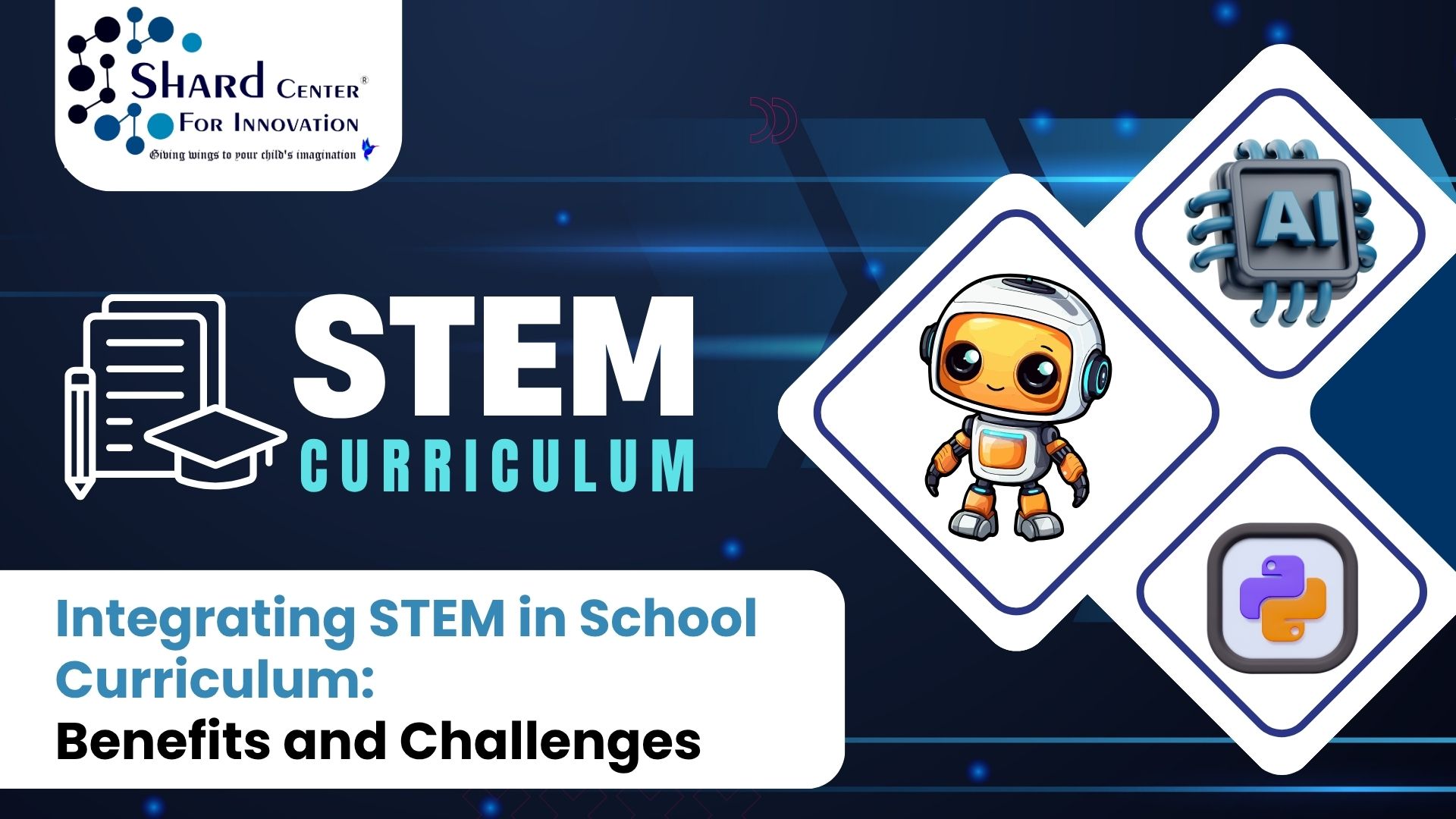Consider a classroom where the learners not only learn about science and read it; more to the point, they can create robots, process climate data, and develop applications. This is the power of STEM education. Science, Technology, Engineering, and Mathematics, also known as STEM, is an approach to studying all these offerings through practical, real-life learning opportunities.
In this blog, we will reflect on why the school curriculum should include STEM and the benefits it carries to the students, some of the challenges the schools might be encountering, and how they can implement it.
Follow us through to the end, and you will realise why STEM is no ordinary subject but a thoroughly needed skill set in the future.
Why STEM Education Matters More Than Ever
The use of technology, automation, and industrial innovation caused the overhaul of the face of the industries in this era of rapid change.
The future of work entails increased thinking and problem-solving and readiness to grab what is ahead because it is inevitable, and all these are what STEM learns through the natural course of events.
Students do not merely memorise formulae when they learn STEM; they are solving real problems in the world. For example:
Using math to budget for a school event
Applying engineering principles to design a water filter
Using coding to create an educational game
Through introducing STEM at an early age in schools, students will become ready to work in an engineering, data science, artificial intelligence, and healthcare technology (and many other relevant fields) career when they grow up, as it is predicted that the number of jobs in these spheres will expand more than ever in the next few decades.
The Benefits of STEM Integration in Schools
STEM is the education of the future. That is for the people who are willing to transform the world through their inventions and experiments. Here are some of the benefits:
Encourages Problem-Solving Skills
STEM will enable students to evaluate situations in various aspects perfectly. Instead of receiving answers, the teachers make them explore and experiment with their answers and fine-tune them.
Boosts Creativity
Innovation thrives where creativity meets logic. In the course of STEM projects, students are typically expected to come up with innovative concepts, test against the unorthodox methods, and combine artistic and technical styles of thinking.
Promotes Collaboration
The majority of the STEM processes are team-based, where students are allowed to be capable of learning to work as a team, communicate, and be leaders, and these skills can come in handy in any profession.
Makes Learning More Engaging
Building a mini robot, creating an easy application, and programming everything is of interest. These will assist in inculcating the lessons in the minds of the students to make them remain curious.
Common Challenges in Implementing STEM
The bigger the responsibility, the bigger the challenge. Since STEM is entirely different from the conventional mode of learning, it poses certain difficulties in implementation. Here are a few:
Lack of Resources
Good STEM programs even include access to technologies like 3D printers, lab equipment, and computers, but not all schools- especially rural schools- readily have access to them.
Need for Teacher Training
STEM subjects involve training, and not all teachers can teach them effectively. Professional development programs should exist, which will clarify the idea that the educators possess the appropriate skills.
Digital Divide
Much as STEM may revolve around technology as a central point of focus, the current situation lacks the ability of all students to access such technology (and the Internet) equally, making education uneven.
Strategies for Successful STEM Integration
Every issue arises with a solution when we contemplate that. Here are the strategies that can help:
Start Small and Scale Up
Schools don’t need to overhaul their entire curriculum overnight. They can begin with after-school programming, short sessions, or integrating STEM into existing classes.
Encourage Cross-Disciplinary Projects
Blend different subjects in a single project. Take, as an example, a science unit on renewable energy: the unit might include math (to analyse the data), engineering (to create models), and technology (to design the presentation).
Partner with Local Industries and Universities
The students can get resources, mentorship, and practical experience through partnerships. With the assistance of industry visits, guest lectures, and internships, STEM is getting more real and motivating.
Focus on Inclusivity
STEM should be open to every student regardless of gender, origin, or preferences. Practices of universal pedagogy allow for avoiding situations when a person does not receive an opportunity to learn and produce something new.
Conclusion
Adopting STEM education in the school is not an educational choice, but it is an investment in time. Most of the challenges, such as the absence of resources and training needs, are also included; however, the benefits are significantly more than the challenges.
STEM also prepares students to live efficiently within a rapidly changing world by developing creativity, problem-solving, and cooperation in students.
Now is the moment to encourage young minds and unlock their potential with STEM, to innovate, create, and experiment.
Related Blogs:
- How to Set up a STEM Lab at your School in 2025?
- How Kids Can Learn Machine Learning in India – Starter Programs Explained
- 3-D Printing and Design Thinking for Beginners | SCIL India
- Artificial Intelligence Training in India: Masters Program for Professionals
- School STEM Education Franchise Opportunity | SCIL India
- How to Start a Career in Data Science in India (2025 Guide)
